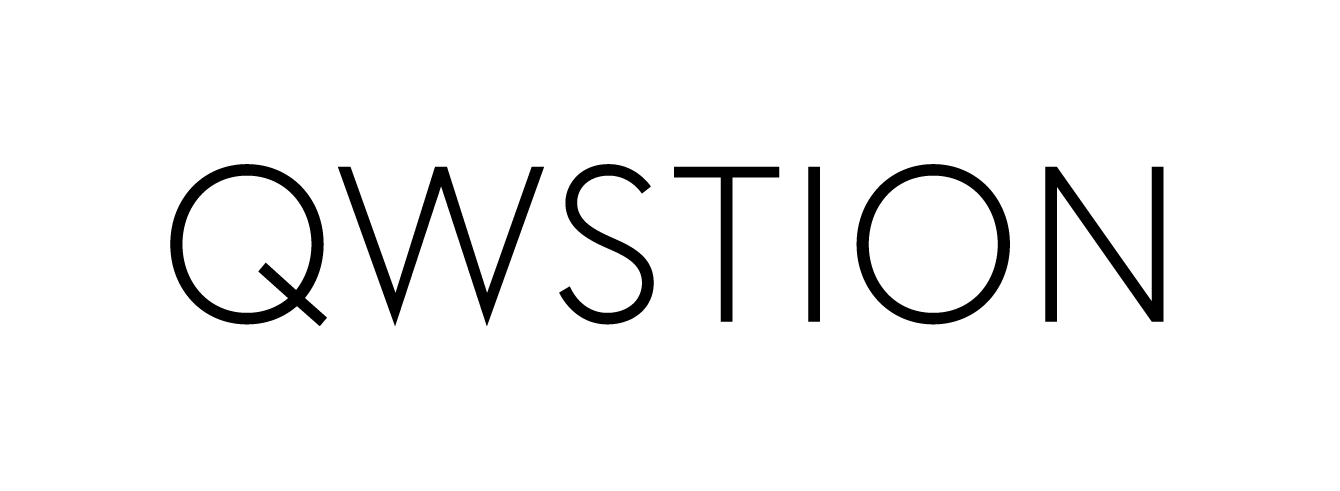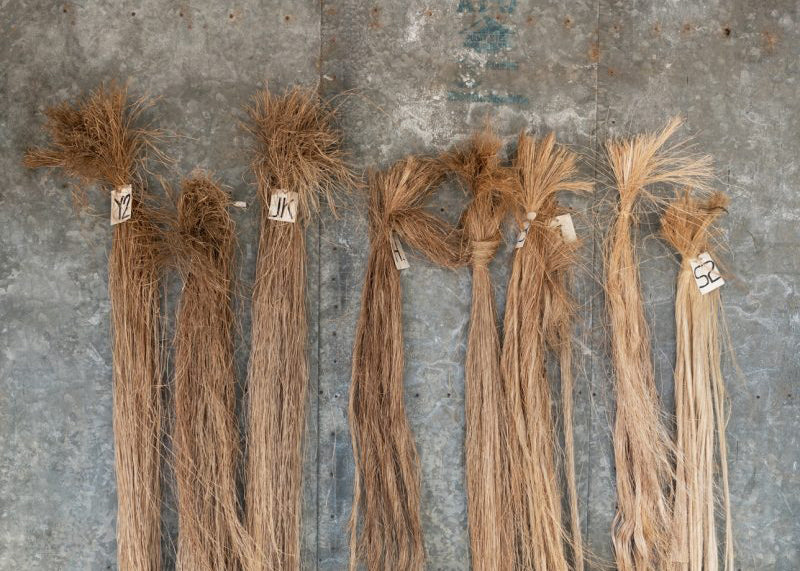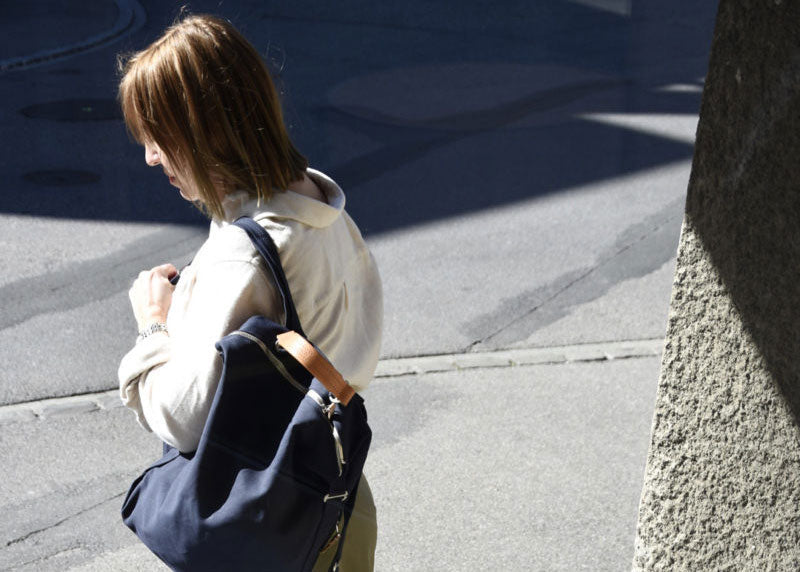BANANATEX® IS NOW CRADLE TO CRADLE CERTIFIED®. A LOOK AT HOW WE GOT THERE – AND WHAT IT MEANS
INTRODUCTION
Our mission to generate positive change for the planet and all living beings is a constant work in progress. Much of this work happens behind the scenes along our supply chain – from the Philippine jungle that’s home to the Abacá plant from which Bananatex® is made, through our weaving and manufacturing partners across Asia and Europe, to the repair workshops in our QWSTION Stores. That’s why, in December 2021, we were delighted that Bananatex® was formally recognised by the initiative that’s inspired us from the beginning: Cradle to Cradle, a design framework, an NGO, and a certification – the Cradle to Cradle Certified™ Products Program, the world’s foremost science-backed standard recognising continually improving circular product innovation. Across four of the Program’s five categories – Social Fairness, Product Circularity, Clean Air & Climate Protection, Water & Stewardship – Bananatex® received ‘gold’, while attaining ‘platinum’ for Material Health. QWSTION co-founders Christian Kaegi and Hannes Schoenegger reflect on what the achievement – a milestone on our 2025 agenda – says about the minds and methods behind the material, our Circle Strategy, and the need for society-wide change.

What do the ‘Cradle to Cradle’ design principles mean to QWSTION?
Christian Kaegi: We’ve long been inspired by the approach outlined in the 2002 book “Cradle to Cradle: Remaking the Way We Make Things” by Michael Braungart and William McDonough, which aligned with our thinking and research on sustainability, natural materials, and how we can improve our offerings. Over the years, we’ve increasingly oriented ourselves towards C2C, as we believe it’s the most fitting strategy for becoming sustainable in the long-term, especially within the limitations of our current capitalist system, which can't be ignored. As a society, we have to find ways of becoming more sustainable within that system, but we can't just turn everything on its head from one day to the next. That's where C2C thinking and the circular economy come in: they offer a way of doing things differently within the framework conditions in which we live. So we began to deepen our engagement with it, which led us to formulate our Circle Strategy. The development of Bananatex® products – in their choice of materials, and in their construction – also came out of our efforts to align ourselves with C2C.

Why is it the material itself rather than QWSTION bags that received the certification?
CK: We design from the material up, and Bananatex® is the element that makes up the majority of each product – between 70 to 95% – so it makes sense to begin the certification process with the most important element. C2C is structured in a modular way: we can start with one component part, and then add others until the entire product is certified. The process is very time and labour intensive. It's taken almost two years for us to obtain the certification for Bananatex®.
Hannes Schönegger: It’s not as though you obtain a certification, then that's it. There are certain conditions that continuously evolve. We get regular updates that indicate how we can do things better and new assessments that indicate what we might be able to achieve in the next two years. So C2C itself isn't linear; it’s a circular process that's constantly developing.

What did the application process involve?
HS: We started by building a 360-degree picture of the entire Bananatex® production process, which was then categorised into C2C’s five domains: Social Fairness, Material Health, Water Stewardship, Renewable Energy & Carbon Management, and Material Reultilisation. Within each category, there are different levels: bronze, silver, gold, or platinum, each with higher standards to meet. Ultimately, the entire supply chain is traced back to the source, step by step. The idea is to review each supply chain partner so as to delineate a supplier tree. Beyond these categories, there's also the overall certification standard. We achieved 'platinum' for material health, and 'gold' in all others.
Can you share some examples of how Bananatex® was assessed against the criteria of these categories?
HS: To start with Material Health, first you look at exactly what the material consists of – this can be tested in labs, which we had already partially done. For example, 2-3 years ago Bananatex® was rated Baby Safe. There were a few extra tests that we had to do, like testing the raw fibres for pesticides. After testing for around 40 substances, nothing came up, as the fabric is 100% natural. That's how we received the 'Platinum' rating. Then, taking the CO2 Management category, we have two key partners in Taiwan, the paper and thread producer and the weavers. We learned that our partners produce solar power on their factory roofs, but in Taiwan, privately produced solar energy flows back into the general network, which is what counted for our rating. And unfortunately, Taiwan's energy supply is still very dependent on fossil fuels and nuclear power – under 20% is renewable – though the government had pledged to markedly increase that percentage by 2019. Accordingly, our partners' efforts didn't count towards their and our rating, which illustrates how we're limited by the larger structural context in which we operate.
Could you expand on what you see as the limitations of the current C2C certification process? Were there any surprising factors that were, or weren’t, taken into account?
HS: Through the process, we learned that two years of QWSTION’s production output generates 14 tonnes of CO2 – that's the amount we need to compensate for. That's 7 tonnes per year, for all our work, which isn't huge, but it's not nothing, and of course prevents us from being carbon neutral. What surprised me is that the way in which the Abacá plant grows and is cultivated – regeneratively and organically, requiring minimal water and no pesticides – is not taken into account in the current system, which surprised me a lot, as it's a key element of the material's life cycle.
CK: It’s worth noting that the 7 tonnes per year is arguably an inconclusive figure, as it doesn't take into account our Taiwanese partners' solar power production, nor the CO2 the Abacá plants absorb as they grow. If these two things are taken into account in future, they’re likely to further improve our ratings.

How does this milestone fit into your broader 2025 agenda?
CK: Obtaining this certification was a goal, but it's also just the external element. Our 2025 agenda is first and foremost what we put effort into trying to achieve, and then there are a few other elements, like this, that provide a ‘proof of concept’ to confirm that those efforts have been worth it. The C2C certification is one of those external elements. In the long term, we'd like to have every part of our products certified too, so that each product has its own C2C certification. In principle, that means every material we use will have to be put through the same assessment process. There are still blind spots for us where we don't have a fully transparent view of every part of the supply chain. Packaging has been a big topic that we're working on improving, for example. Metal suppliers are another – material safety can easily be tested by determining what our metal functional details are made of, but it's challenging to trace exactly where everything comes from.
HS: With some products, we're very close to fulfilling the highest standards. Like our zipper tapes made from organic cotton. So we're making progress towards fulfilling the standards, but to have it all certified takes things to another level, which is, as mentioned, a time-consuming investment. It's important to distinguish between the work and the acknowledgement of the work.
CK: In this way, the obtaining of the C2C certification for Bananatex® shows us that we're on the right path, and fosters trust for all other elements of the products and the way we go about making them.
Why does C2C matter for the industry and society at large?
CK: What's important is that we as a society move in this direction – to think, work, produce, and trade in circular systems. That's the key point here, and the reason why we set ourselves this goal. The certification validates the fact that we're working towards this change, and allows us a channel for communicating our ideas and our work. The potential to scale up the principles of C2C is there, but we need the system conditions to be able to do that. At the moment, they're missing. We're doing this on our own initiative, because we believe it's important, but also we need the whole societal structure to start fostering responsible production and trade. The current system favours irresponsibility in both domains, as not taking environmental responsibility leads to greater profits, and generates more capital, which is the central pillar of the system. It's here that the conditions need to change, which requires the political sphere. That's why we think it makes sense that C2C has an NGO that can engage and effect change at a political level. We see our role within the overall system as raising awareness – that's why the certification is useful, as it allows us to share the concept with our community, and hopefully trigger a reconsideration of the way things are.







